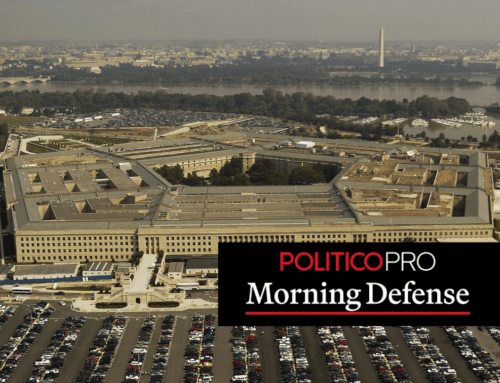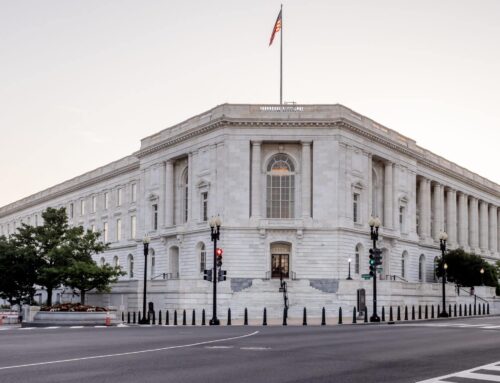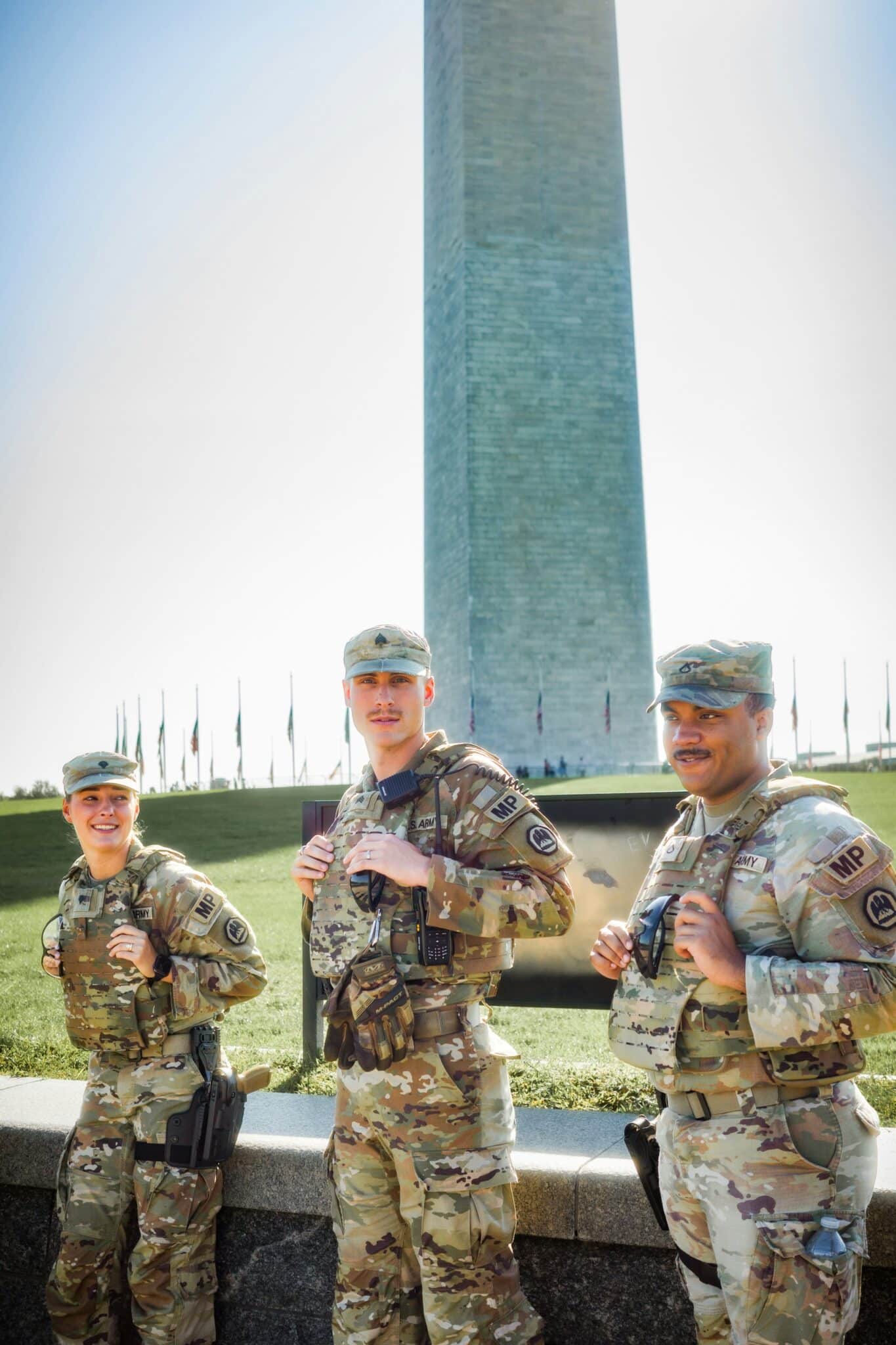Nearly half a year after President Trump first deployed the National Guard to Los Angeles, the costs of the president’s domestic military adventures are coming into focus, and piling up. Estimates from the Senate Armed Services Committee, shared with the Intercept by Senator Dick Durbin (D-IL), offer some of the best clues as to the full cost of these deployments thus far, and their potential costs moving forward.
Most notably, the Senate Armed Services data, which has not been made public, suggest that the typical cost of domestic National Guard deployments is about $647 per soldier per day. Such a precise number may give it the impression of accuracy, but the reality is that tracking precise costs across cities is very difficult. Total costs depend on many variables, from the costs of lodging, food, transport for troops, and more, to the location of the deployments, where national guard troops are deployed from, and of course the length of each deployment. The administration’s lack of transparency has not helped.
In June, officials put out an initial estimate that the deployment of 2,000 National Guard troops and 700 Marines to Los Angeles would cost $134 million over 60 days, but the Pentagon has refused to provide an update on those costs in the wake of the deployment. The Senate Armed Services data put the total cost of the LA deployments at $170 million, as of mid-October.
In D.C., an initial estimate from the National Priorities Project put the cost of the deployment in the nation’s capital at around $1 million per day. But with new data from the Senate Armed Services Committee, and some 2,375 National Guard troops now deployed in DC, daily costs are likely over $1.5 million, bringing the total price tag so far to over $270 million. Earlier this month, the president extended the DC deployment through at least February, a timeline that could bring the total cost of the DC deployment to over $430 million.
Deployments in the Chicago area have cost an estimated $13 million. Portland, Oregon deployments have cost some $15 million. And deployments in Memphis, Tennessee have cost over $3 million, according to the Intercept. While the Pentagon moved to withdraw some of the troops from Portland and the Chicago area over the weekend, hundreds will remain for an undefined period of time. U.S. Northern Command posted on X that while troops have been reduced in LA, Portland, and Chicago, the Pentagon plans to have “a constant, enduring, and long-term presence in each city.”
With a total price tag of over $471 million and counting, the obvious question is what are we getting for this investment? The answer is not much. The president has consistently cited crime as the driving motivation behind the deployments, but violent crime rates in the targeted cities were in many cases declining for years prior to the deployments, and were also lower than in many cities that were not targeted.
Even if there were some pressing need to bolster the nation’s crime-fighting resources, the National Guard are ill-suited for the task. National Guard troops are not trained for day-to-day law enforcement, and in most circumstances, the Posse Comitatus Act bars federalized national guard troops from participating in domestic law enforcement. It would also be far more cost effective to invest in local law enforcement or other public safety programs. The National Guard are simply not the right tool for this job, which didn’t really need doing in the first place.
There are also indirect but very real costs associated with these deployments. National Guard troops are trained to respond to emergencies like wildfires and hurricanes, or a military attack on U.S. soil. They can also be called to fight abroad, as many were during the Iraq and Afghanistan Wars. Deploying them all over the country to fight crime could imperil their readiness to respond to genuine emergencies.
These deployments also have real economic impacts—most National Guard troops have day jobs, and the longer they’re deployed, the harder it is on their employers, some of whom depend on staying fully staffed. In many cases it is impractical to hire someone to fill the now-vacant position considering the National Guard member is presumably coming back in the not-so-distant future. That economic disruption could impact state and possibly federal revenue, as some businesses underperform and National Guard troops spend less money.
As we approach the holidays, the Trump Administration should let the National Guard go home to their friends and families, and let taxpayers off the hook for further wasteful spending on deployments that simply aren’t warranted, helpful, or cost effective.
- Photo by Nils Huenerfuerst on Unsplash










